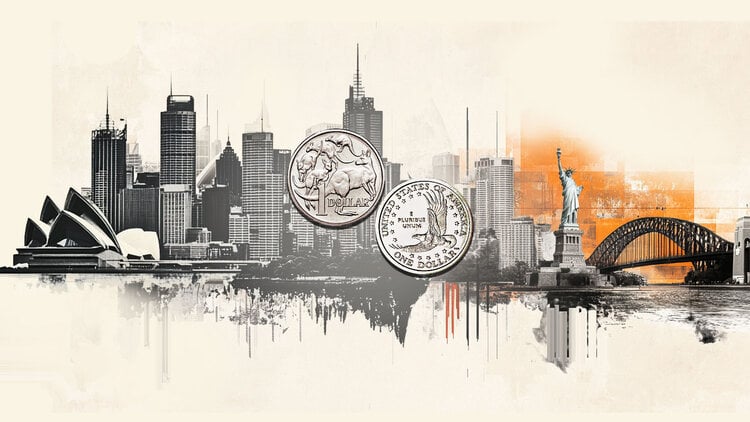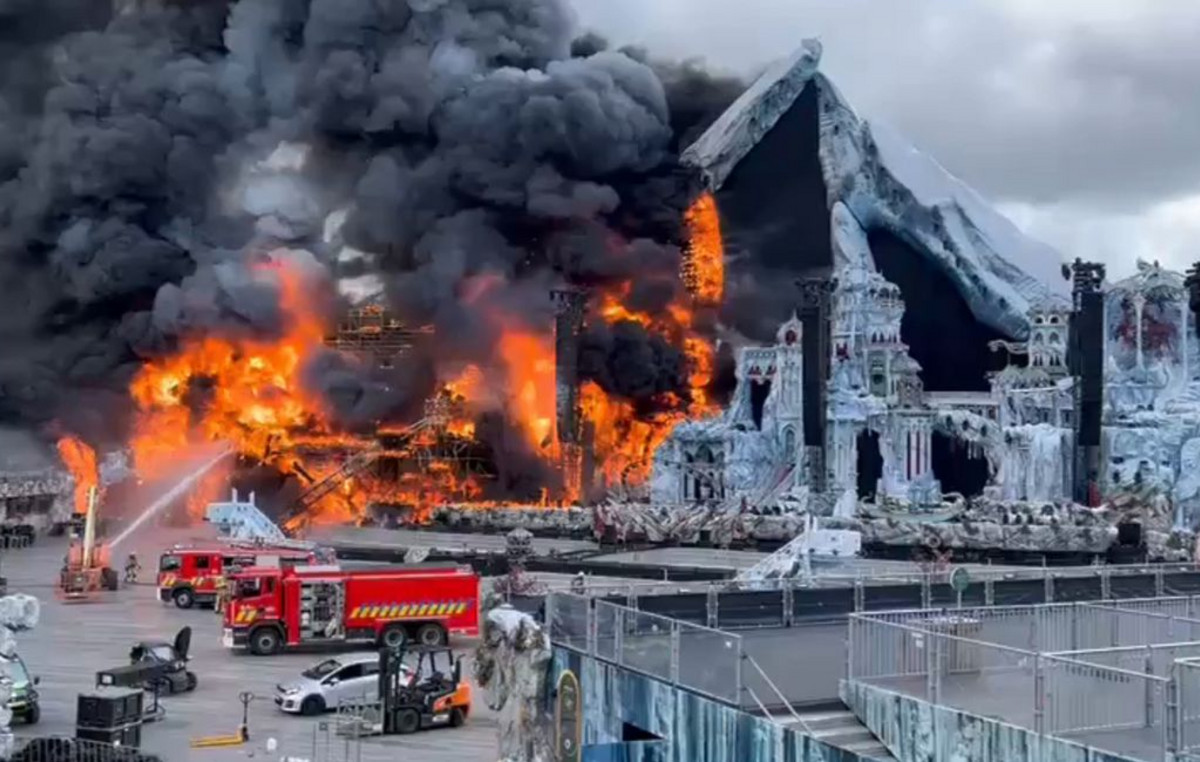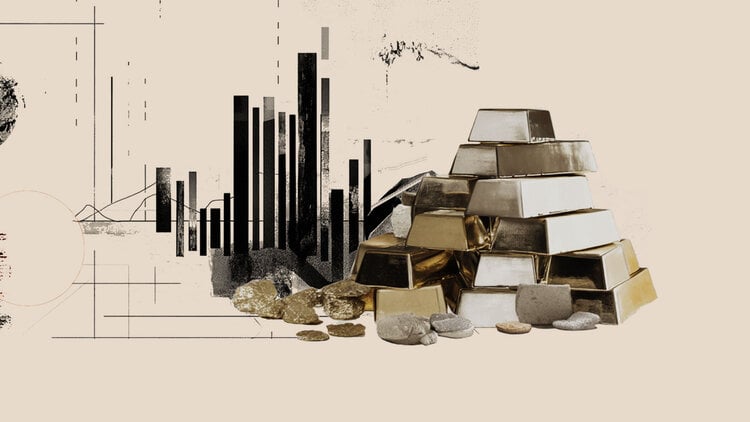O Brazil faces, since 2021, one of the worst inflationary scenarios in the economy in recent decades, with inflation passing double digits and remaining at high levels in 2022. But the country is not the only one that has battled against the specter of inflation in a phenomenon with global roots and diffusion.
The outlook, however, is that high inflation around the world will begin to ease this year, extending to a lesser degree into 2023, as countries raise their interest rates the main instrument to combat it.
Brazil, for example, reached in May a inflation of 12.13% but the market sees the value as a peak, which tends to fall, since the basic interest rate, the Selic rate went through a strong upswing in less than two years and went from 2% to 12.75% per year.
More developed economies, in the case of United States , UK and Canada began the process of raising interest rates later, but they also face record levels of inflation. Other countries, such as Argentina, Turkey and Russia, have their inflationary conditions worsened by internal issues.
common causes
The big factor linking inflationary pressures around the world is the Covid-19 pandemic . The obligation to carry out lockdowns to prevent the spread of the disease, it disrupted production, supply and transport chains, reducing the supply of a number of products.
As economies have reopened, especially with the advance of vaccination demand rebounded strongly, but bottlenecks were not resolved at the same speed, and the mismatch led to inflationary pressures on the supply side.
In the automobile and electronics sectors, for example, the lack of chips forced a reduction in the delivery of cars, appliances and electronics. As demand for these products grew, prices soared.
already in maritime transport case freights were increased by a combination of more expensive fuels, lack of containers to meet demand and many ships stopped with infected or quarantined crew, generating a chain effect on the prices of various products.
Another sector heavily impacted by the crisis was energy, with emphasis on the Petroleum . The production of the commodity was shaken by the pandemic, and the main suppliers, gathered in the Organization of Petroleum Exporting Countries (OPEC ) limited supply to avoid falling prices due to low demand. When demand resumed, the organization did not increase supply, causing prices to rise.
Learn more about oil and how its quotation works
However, when the scenario looked a little lighter in early 2022, another element common to inflation around the world emerged: the war in ukraine .
The conflict involved not only disruptions of chains that passed through the countries, especially those for the supply of gas and oil to Europe, but also a series of sanctions of Western countries against Russia that sought to isolate the country from the world economy.
As a result of the war and sanctions, products produced in both countries, such as grains, fertilizers, oil and gas, reached record levels. And as international prices apply to all countries, there was a knock-on effect.
The specifics
But there are also specific factors that aggravated, or reduced, the inflationary picture in each nation.
During the pandemic, the United States employed a strong policy of financial assistance to the population, which some analysts point out as generating demand inflation.
With people having more resources, they consumed more, and prices rose, in a cycle that heated up the economy, boosted the Gross Domestic Product (GDP ), reduced unemployment and also generated more inflation.
In the case of Brazil, experts cite additional factors such as political instability and fiscal risk, which devalued the real against the dollar with the outflow of investments, and the worst water crisis in recent decades, which has raised electricity bills and affected agricultural production.
More stagnant economies, such as the Japan were less impacted, with lower inflation.
in the case of euro zone the President of the European Central Bank (ECB ), Christine Lagarde, said for months that it would not be necessary to raise interest rates because the causes of inflation were supply, and therefore would pass, and that there was a risk that the increases would excessively slow down an economy already showing signs of weakness.
The war in Ukraine changed the scenario, and now the expectation is that the ECB will soon be the last major central bank to start the cycle of high interest rates .
the own Russia is expected to reach record levels of inflation due to the conflict. There is also the situation of Turkey whose currency depreciated sharply due to government interventions in the central bank generating a steep rise in inflation.
Within the G20, the 20 largest economies in the world, the most recent projection by the International Monetary Fund (IMF ), of April of this year, is that Turkey should surpass the Argentina also with strong inflationary problems linked to the exchange rate, and having the highest inflation in the group.
Inflation around the world
In its most recent report, the IMF projected what inflation will look like in hundreds of countries by the end of 2022. In the case of the G20, differences in the degrees and temporality of the inflationary process lead to conflicting perspectives: some countries should have higher rates than those of 2021, in the case of the United States, and other minors, such as Brazil.
The IMF expects that, in December 2022, inflation in the 12-month period in Brazil will be 6.7%, below market projections. On average for the year, the projection is around 8%, more close to what the market expects .
With this, Brazil would fall to fifth place among the highest inflations in the G20, compared to third in 2021, behind Turkey, Argentina, Russia and the United Kingdom.
The lowest inflations should be recorded in the Saudi Arabia , China and Japan.
Unemployment
In practically all countries in the group, the inflationary scenario should also result in a reduction in the rate of unemployment even if small, due to the heating of the economy.
An exception is the South Africa , which should maintain the leadership of the last 22 years in the ranking. India, on the other hand, does not disclose information on the subject to the organization.
The IMF’s projection is that Brazil will maintain the second position, with a rate still in the double digits, although Brazilian analysts are more optimistic about this data, projecting a better result, below 10% .
GDP
One of the most traditional indicators of the economy, GDP (Gross Domestic Product) represents the sum of all the wealth produced in a country in a given period. GDP is usually calculated quarterly and annually, showing the performance and economic situation of a country.
According to IMF forecasts, the picture among the largest economies should not change much. The United States will remain in the lead, followed by China and European Union .
The organization projects that Italy, Japan and Turkey will have recession in 2022. The expectation is that the Brazilian GDP will rise 0.8%, with the country ranking 11th. South Africa should continue to have the lowest GDP in the G20.
per capita GDP
Once calculated, GDP can be divided by the country’s total population, giving rise to a new indicator: GDP per capita. It gives an indication of what would be the “average income” of the country.
This does not mean, however, that the entire population receives a value close to it, since issues related to inequality affect this income distribution. Demographic issues, such as population size, also end up influencing the indicator.
In 2022, the United States should maintain its leadership in this regard, while Brazil will remain in the top five, with the India keeping the worst result.
gross debt
As countries reduce public spending linked to the fight against the pandemic and economic assistance programs during the period, the gross debt-to-GDP ratio is expected to continue on a downward trajectory seen in 2021 in most nations.
An exception, however, must be China. The country’s government has promised to increase public spending as a way to encourage the country’s economy, which showed signs of slowing down at the end of 2021, with a worse scenario from March after lockdowns in Shanghai and Beijing, two important economic centers.
Japan, which is constantly looking to inject money to heat up the economy, will maintain its lead, with gross debt corresponding to 262.54% of GDP.
Brazil, on the other hand, should be able to reduce this proportion for the second consecutive year, reaching 91.8%, but ranking sixth among the countries with the highest debt. The lowest should be recorded, again, in Russia, 16.77%.
Source: CNN Brasil
I am Sophia william, author of World Stock Market. I have a degree in journalism from the University of Missouri and I have worked as a reporter for several news websites. I have a passion for writing and informing people about the latest news and events happening in the world. I strive to be accurate and unbiased in my reporting, and I hope to provide readers with valuable information that they can use to make informed decisions.







